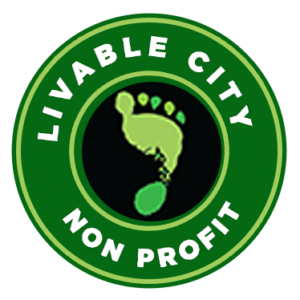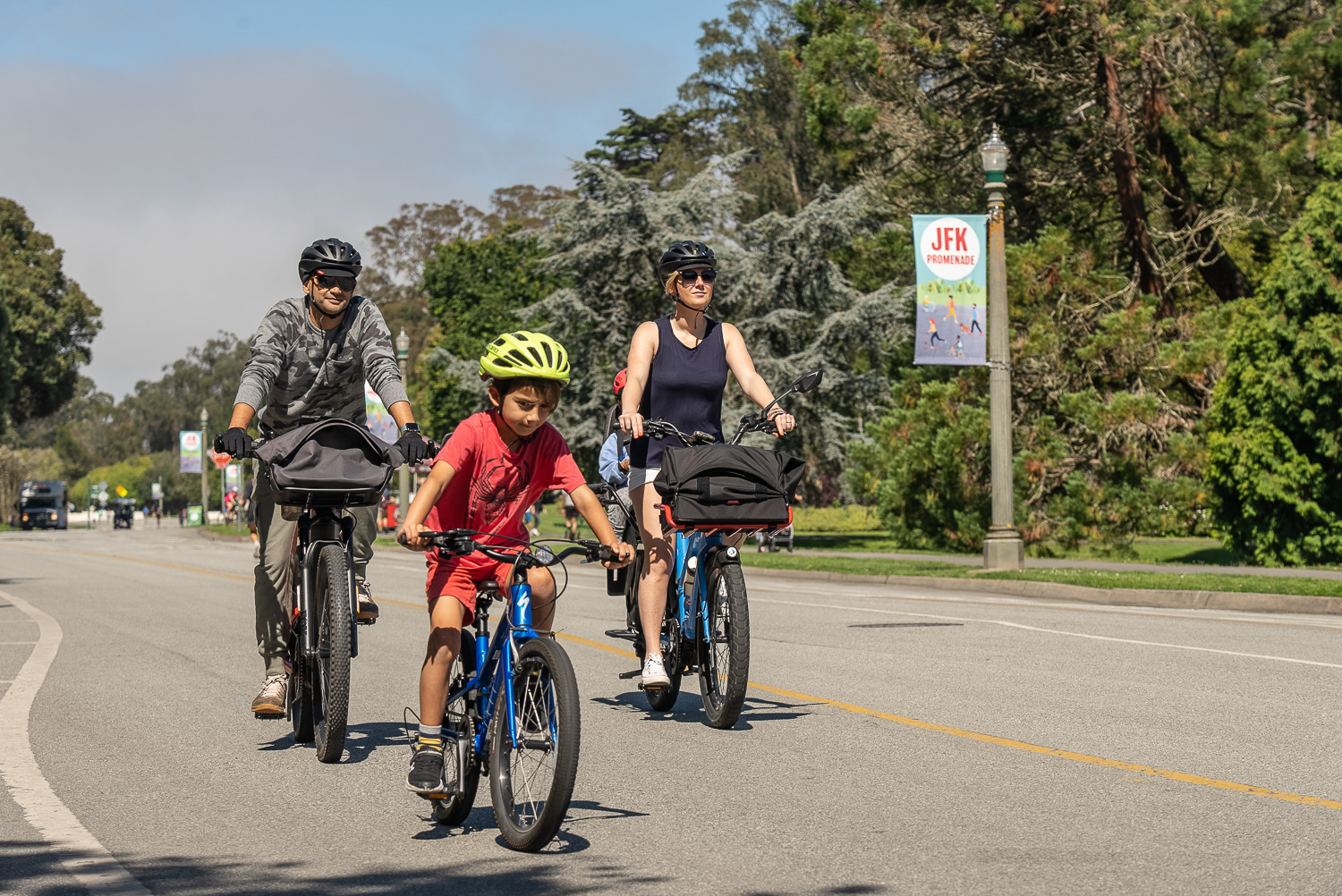A livable city is a biking city. Biking is a healthy, green, affordable, and enjoyable way to get places. Making cities safe and comfortable places to bike for people of all ages and abilities is key to making them sustainable.
The San Francisco Municipal Transportation Agency (SFMTA) is finishing a Biking and Rolling Plan, which will be the first comprehensive update of the City’s bicycle plan since 2009.
After a two-year process, SFMTA released a draft plan in mid-January. The draft plan represents genuine progress. It declares its purpose is to finally make San Francisco’s streets safe and comfortable for people of all ages and abilities to bicycle for everyday activities like work, school, and shopping, and recreation.
Our existing bike network relies heavily on painted bike lanes unprotected from auto traffic, or sharrows painted in traffic lanes. People on bikes are forced to contend with high-speed and high-volume traffic on many key routes. Unsurprisingly this network feels unsafe for many users, and deters most San Franciscans from biking.
In recent years SFMTA has been building more separated cycle paths, which protect people on bikes from auto traffic and illegal parking. In a few places these protected paths are getting connected into neighborhood networks. MTA also created over a dozen Slow Streets during the pandemic.
Safe, comfortable, all-ages cycling throughout the City requires a comprehensive and connected network, built to strong standards. To deliver on its promises the draft Biking and Rolling Plan must include a consistent commitment to strong standards, a complete and fully connected network, and timely implementation.
Build to best-practice standards. In the best cycling cities, accommodations for cycling are integral to the road design. On roads with higher traffic speeds and volumes, cycle paths separated from traffic are essential. On lower-traffic local streets, traffic calming measures can keep traffic speeds low enough for cyclists to share space with motorists. Traffic-calmed streets are safer for all road users, and are nicer places to live, especially when greening and public space amenities are used to calm traffic. The Biking and Rolling Plan moves San Francisco towards cycling best practice by mostly proposing separated lanes and slow streets where it proposes any cycling improvements. However, the network still contains gaps and some painted bike lanes on heavy-traffic streets. The plan should remedy all those gaps and substandard facilities, even if the right solutions can’t be implemented immediately.
A safe and connected network in five years, not 20. The plan was originally framed as a five to ten year plan. Most recently it has been presented as a 20-year plan. MTA shouldn’t make San Franciscans wait until mid-century for a decent cycle network. Seville, a city in southern Spain with a similar population to San Francisco, built 75 miles of protected lanes on key corridors within five years, and that network has since grown to 117 miles. Cycling in Seville increased by over tenfold, and the city has continued to extend and improve its network. Paris built a network of protected cycle paths, and now bike trips outnumber car trips in the City.
One plan, not seven. The Biking and Rolling Plan carved out six areas of the city – Bayview, Excelsior, Mission, Tenderloin, SoMa, and the Fillmore/Western Addition – to create community action plans, created by neighborhood nonprofit organizations. These plans were released in January and are an important step forward in centering the needs of equity communities. Some, like the Mission plan, recommend improvements to specific streets, as well as thoughtful recommendations about programs, facilities, and enforcement changes to democratize cycling. Other plans don’t identify any improvements to cycling, highlighting a different set of community needs. SFMTA staff have indicated they will present the seven plans as-is, and not integrate them into a citywide plan for a safe and connected network. That’s unacceptable. San Franciscans deserve good sustainable mobility options – walking, cycling, transit, and paratransit – wherever they need to go in the City. The right to cycle safely and comfortably shouldn’t begin and end at arbitrarily-defined boundaries.
Speak up for better biking and rolling. The plan will be presented for adoption on Tuesday February 18 at 1pm, in room 400 of City Hall. Opponents are already showing up at the MTA board, trying to pit safe cycling against other modes of transportation and insisting the MTA scuttle the plan completely. Let the SFMTA know you support a strong biking and rolling plan, with a safe, continuous, and Citywide all-ages and all-abilities network built to the best standards within five years. You can add your voice by emailing the SFMTA board, or speaking up for better biking and rolling at the SFMTA board meeting.




